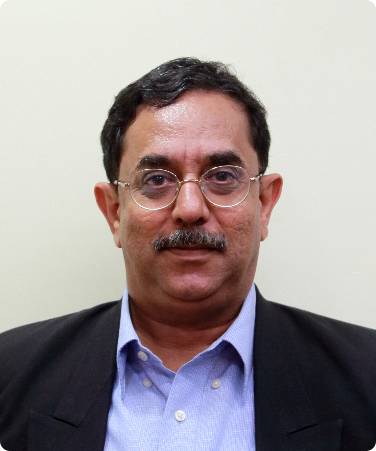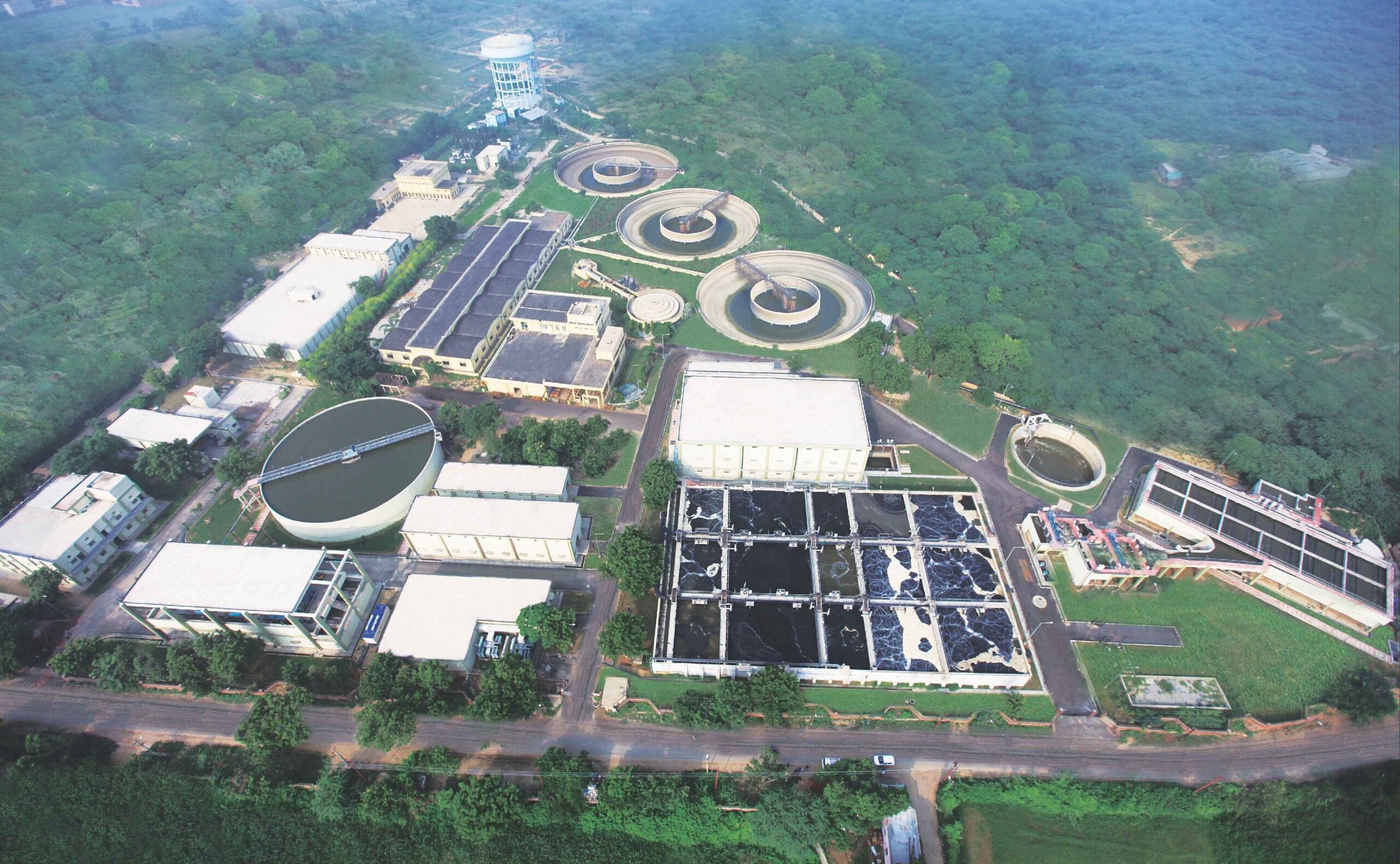JICA Assisted Agra Water Supply Project
Supporting UP Jal Nigam on the Journey of Bringing the “Clean Ganga Water” on the laws of Gravity to the City of “Lord Krishna Birth Place” and “Taj Mahal”
Project Name:
JICA Assisted Agra Water Supply Project
Loan Agreement Date:
- March 30, 2007,
- March 31, 2014
Loan Amount:
- 24,822 Million Yen (Rs. 1,655 Crore),
- 16,279 million Yen (Rs.1,085 Crore);
- Total 41,101 Million Yen (Rs. 2,740 Crore) Executing Agency: Uttar Pradesh Jal Nigam, Agra Unit Project
Status: Inaugurated by Prime Minister Shri Narender Modi Ji during (Jan’19)
Engineering Design & Construction Supervision Uniqueness for transportation of Water
The raw water transmission pipeline to bring Ganga water from 138 KM distance (from Palra) is saving at least Rs. 140 million every year on pumping energy cost, since the raw water is flowing completely via gravity conduit pipeline.
Social Environmental & Institutional Programs
Our scope of work includes considerable amount of institutional and capacity building activities like social awareness programs , environmental monitoring, preparation of environmental and social impact mitigation strategy, management improvement of the operating agency, action plan for rehabilitation of distribution network and service connection, water audit study and leakage detection, tariff reform program, business development action plan, maintenance program development, improvement of customer relations human resource of operating agency.
Moving Bed Biofilm Reactor (MBBR) and ultrafiltration process is being used to treat the Yamuna River water. It’s first-of-its-kind of water treatment facility in India.

Dr. Uday.G. Kelkar
Director,
NJS Engineers India P Limited
Objective:
The Project aims to provide safe and reliable water supply in Agra, Mathura and Vrindavan in the state of Uttar Pradesh and upgrade water supply facilities in Agra, thereby improving living conditions of the residents including the poor in the concerned areas.
Facilities:
The Project includes providing the Water Treatment Facilities with total capacity of 513 Million Liter per Day (MLD), pumping stations, transmission pipes to bring Ganga Water from 138 kms, construction of road, rising Main, Yamuna Bridge, water distribution network improvement, digital engineering works, social improvement, institutional strengthening including water sector reforms in Agra.
WTP Process Unique Design to treat River Yamuna Water with MBBR Technology
The selected design scheme for Sikandra WTP at Agra adopted by NJSEI design team includes pre-settling to reduce loads of total suspended solids (TSS), MBBR process to remove BOD, COD and nitrogen, UF filtration to remove TSS, bacteria and cysts, and chlorination for disinfection. The MBBR technology combines fully open and fully protected biomass carrier with highly efficient aeration and mixing design. This provides superior and effective surface area for attached biomass growth and optimal oxygen transfer efficiency. The design of MBBR process has been aimed at reduction of BOD down to 2 mg/L and nitrogen less than 10 mg/L. This is achieved by employing four consecutive process stages utilizing two aerobic reactors, one anoxic and at the end one policing aerobic reactor. Ultra-filtration has been employed to remove cysts, bacteria and suspended solids.
The 144 MLD plant was successfully commissioned at Agra in 2013, and was the first-of-its-kinds water treatment facility in India. Today, it produces drinking water for over 1 million citizens of Agra. This treatment process was well-received by India’s Ministry of Urban Development and has been recommended for other cities where similar water quality conditions exist to consider.
Digital Engineering
For this project, NJS has developed the Digital Twins & integrated Hydraulic Models of Agra Water System based on 60 CM resolution Satellite Imagery, Surveys & Standard Solution Software. It includes
- Informative existing Asset database with engineering precision
- 2D/ 3D based GIS database that includes raster & point clouds.
- Agra-Palra Pipeline with relevant data for entire 130 KM stretch
- Asset Database for entire Agra water supply zones.
- Hydraulic model for 130 KM transmission pipeline network, and around 2000 KM of distribution network (existing & proposed)
- Consumer database development on uniform GIS platform for Water Auditing Studies, Analysis & Rehabilitation works.
